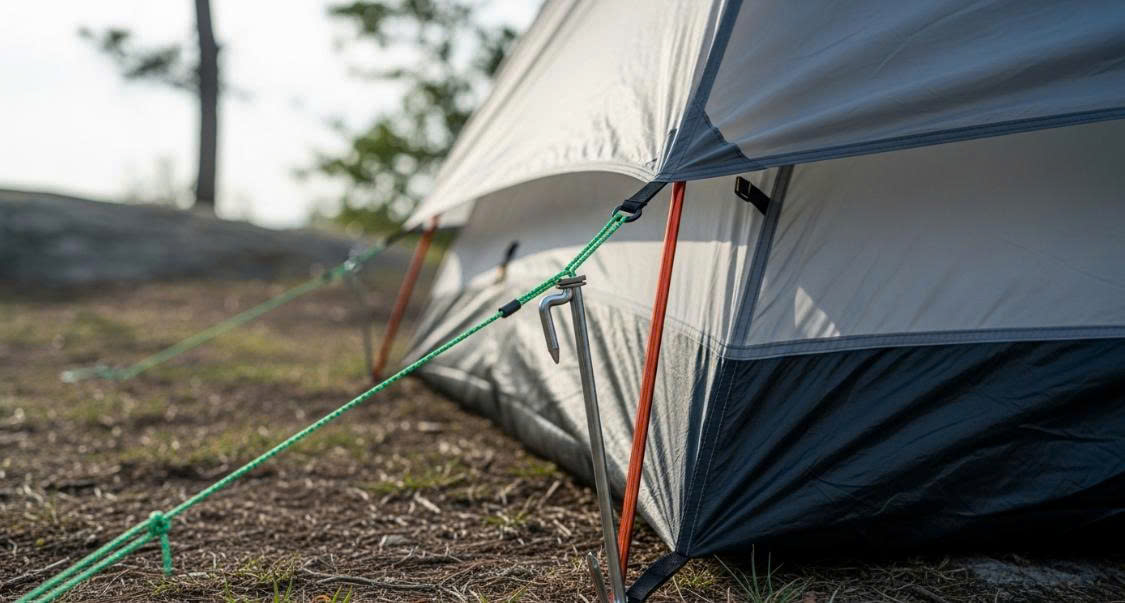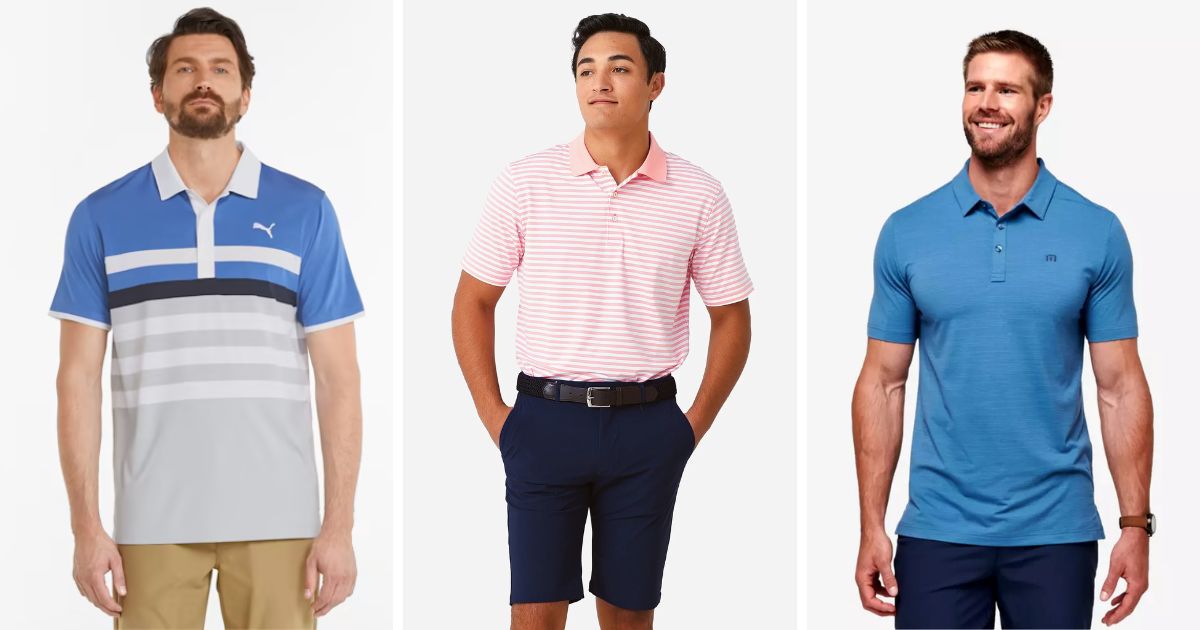Table of Contents
An Introduction to PXG Golf Balls
PXGTROOPS unite! Rollin somethin new today... PXG, the high-end golf equipment brand founded by Bob Parsons, has just released its latest innovation - the PXG XTREME Golf Balls. As the hashtag indicates, these new golf balls are being marketed towards PXG's passionate, loyal fanbase who call themselves #PXGTROOPS.
So what sets this new line of pxg golf balls apart from other golf balls on the market? Keep reading this article as we dive into all the key features and benefits PXG claims the XTREME Golf Balls provide.
PXG's Xtreme Performance Claims
First and foremost, PXG claims the Xtreme Golf Balls are engineered to deliver extreme performance on both distance and accuracy, enabling golfers to "Play Complete." The 3-piece, tour caliber construction with a large, soft foam core allows players to hit precise approach shots and dial in their yardages. The core is surrounded by thin, flexible layers that amplify distance on full swing shots off the tee or fairways.
The Role of PXG's Proprietary Thermoplastic Elastomers
A key breakthrough ingredient utilized in the new XTREME Golf Balls is what PXG calls its proprietary thermoplastic elastomers (TPE). The company claims that these TPEs enable maximum energy transfer and velocity. Cover design also plays a role here, as PXG has implemented a reformulated, high-tech ionomer blend it calls FUSION to the outer layer of the balls. The combination of the TPEs and FUSION cover leads to high ball speeds to help golfers gain a competitive distance advantage.
Improved Flight Consistency
Distance isn't the only benefit though. According to PXG, the 333 aerodynamic dimple design of the XTREME Golf Balls allows golf shots to launch consistently for more accurate approaches and tighter dispersion. This means that rather than veering offline easily, these golf balls are engineered for straighter shots and more predictable ball flights. That gives you greater power to pinpoint your targets and aggressively attack the greens.
PXG XTREME Golf Ball Models
Now that we've covered some of the technology behind the new PXG XTREME golf balls, let's take a close look at the lineup itself. There are currently three models of XTREME balls available - each one catered to match different swing speeds and spin rate needs:
PXG XTREME WHITE Golf Balls
The flagship model golf ball offering moderate spin and medium launch/trajectory. Best suited for golfers with moderate (less than 105mph) driver swing speeds seeking high greenside spin and soft feel.
PXG XTREME YELLOW Golf Balls
A 4-piece, tour performance golf ball providing lower spin, low launch, and a piercing, penetrating ball flight. Engineered for golfers with faster (over 105mph) driver swing speeds who want to limit excessive spin on full shots.
PXG XTREME ORANGE Golf Balls
The most forgiving, highest launching XTREME model focused on slower swing speed players (less than 90mph). Generates added spin and heightens trajectory for supreme playability and performance.
How Do the XTREME Golf Balls Stack Up to the Competition?
The golf ball market is filled with options from brands like Titleist, Callaway, TaylorMade, Srixon and more. So where do these new PXG entries fit into the competitive landscape?
As a premium priced golf ball like the Pro V1, they certainly don't come cheap. But PXG maintains that the proprietary material and construction innovations like the TPEs and FUSION ionomer cover warrant the price tag. Compared to the leading Pro V1 ball, PXG claims testing shows the XTREME WHITE model delivers lower driver spin, similar iron spin, and higher spin out of the rough.
Distance and Speed Compared to Other Tour Balls
We don't have access to PXG's internal robot and player testing data. However, Golf Digest performed early third-party robot testing when sampling the XTREME WHITE model up against the Titleist Pro V1x. On shots off both the driver and a mid iron, the golf ball speed differences were negligible. Both balls excelled at fast ball speed production.
When It Comes to Short Game Spin and Control
Again, citing minimal data from early Golf Digest testing, the XTREME WHITE seemed to slightly edge out the Pro V1x in greenside spin rate. So the PXG ball may give you a bit more biting spin and stopping power on high lofted chip and pitch shots. More data over time can confirm if this pattern sustains.
Considerations Before Purchasing PXG XTREME Golf Balls
The reception from PXG fans seems overwhelmingly positive so far when it comes to interest and intrigue over the new XTREME golf balls. However, what should you think about if considering buying a dozen or more of these balls for your own golf game? Here are a few key considerations:
What's Your Budget?
There's no sugar coating it, PXG golf balls cost significantly more than regular recreational golf balls from brands like Titleist DT TruSoft and Callaway Supersoft. The XTREME models are tour level performance balls on par price wise with the Pro V1. You'll pay around $50 per dozen. For some golfers on a budget, dropping $50 on one round's worth of golf balls may be tough to swallow.
How Fast Do You Swing and Spin the Ball?
To get the full benefits of the multi-layer construction and technologies built into the new PXG balls, it's important to match yourself to the right model based on your swing speed and spin profile. If you don't know these specifications off hand, getting a launch monitor fitting session can help reveal your numbers to pick the best fit.
Do You Play in Adverse Weather Often?
While the XTREME models perform well aerodynamically in windy conditions, some additional considerations come into play if you live and play often in rain, cold temperatures, or hot, humid conditions. The firmer ionomer covers on these balls won't be quite as soft feeling as urethane covered tour balls in very wet or cold weather. And they won't resist scuffs quite as well over time in the heat.
Verdict: Who Are the PXG XTREME Golf Balls For?
At the end of the day, the new PXG XTREME line of golf balls packs some legitimate performance benefits. The high quality, multi-layer builds leverage unique materials to produce fast ball speeds for added distance while providing great playability on shots into and around the green. These technologically advanced designs do come with a premium price tag though. Cost-conscious golfers may want to explore cheaper alternatives that still offer competitive quality if they don't demand PXG branding.
In terms of target market, the XTREME models cater best to serious golfers with moderate to faster swing speeds who want a premium feeling, tour quality ball that's engineered for their game. Golfers with slower swing speeds who struggle launching the ball won't optimize the benefits of the multi-layer construction quite as much. Recreational players seeking budget friendly bulk golf balls are also likely better off pursuing other options. But for avid, performance driven golfers who appreciate PXG quality and want to elevate their equipment as the company tag line says - the new XTREME golf ball lineup is certainly worth consideration!
FAQs
What types of golfers are the PXG Xtreme golf balls designed for?
The Xtreme golf balls are primarily designed for low to mid handicap golfers with moderate (less than 105mph) to high (over 105mph) swing speeds. The 3-piece tour performance construction caters to golfers looking to optimize distance and greenside spin.
How do the new PXG golf balls compare to leading brands like Titleist Pro V1?
Early robot and player testing indicates the Xtreme White model performs very similarly to the Pro V1 when it comes to ball speed and distance. The Xtreme may provide slightly more greenside spin and control. More data is required for a full comparison.
Why are PXG Xtreme golf balls so expensive?
As a premium tour ball with specialized construction, the pricing is in line with other leading tour balls at around $50 per dozen. The higher cost comes from PXG's proprietary materials innovations like the thermoplastic elastomers core and Fusion ionomer cover technologies.
How well do the Xtreme golf balls perform in various weather conditions?
The aerodynamic dimple design helps the balls flight consistently well in windy conditions. However, the firmer covers don't feel or perform quite as soft in very cold, wet weather compared to urethane covered balls. And they may show scuffs more over time in extreme heat.





.jpg)
.jpg)







